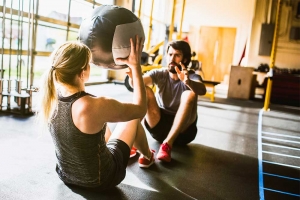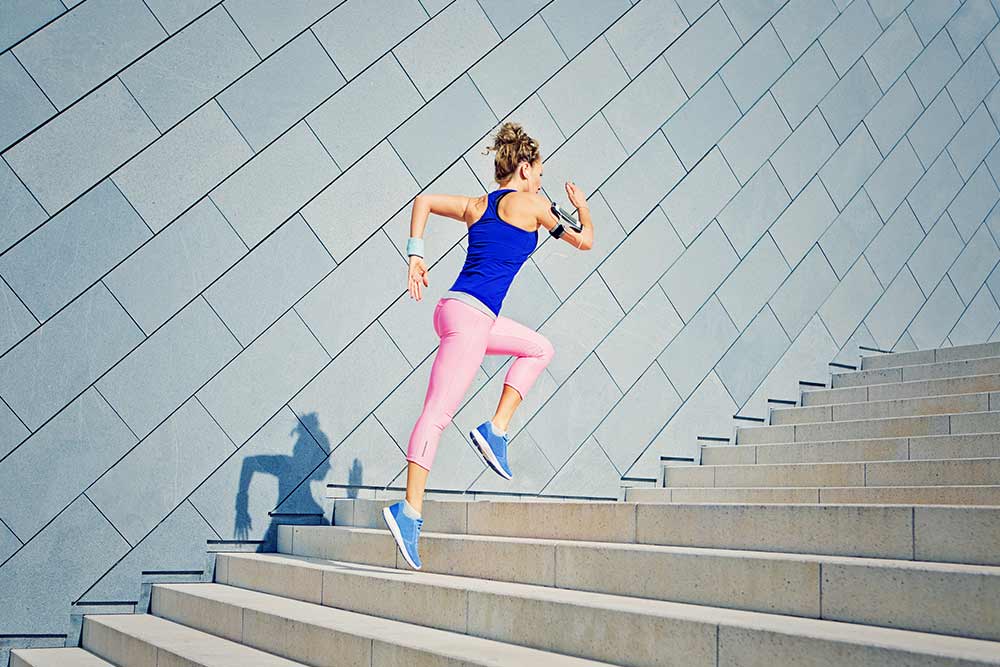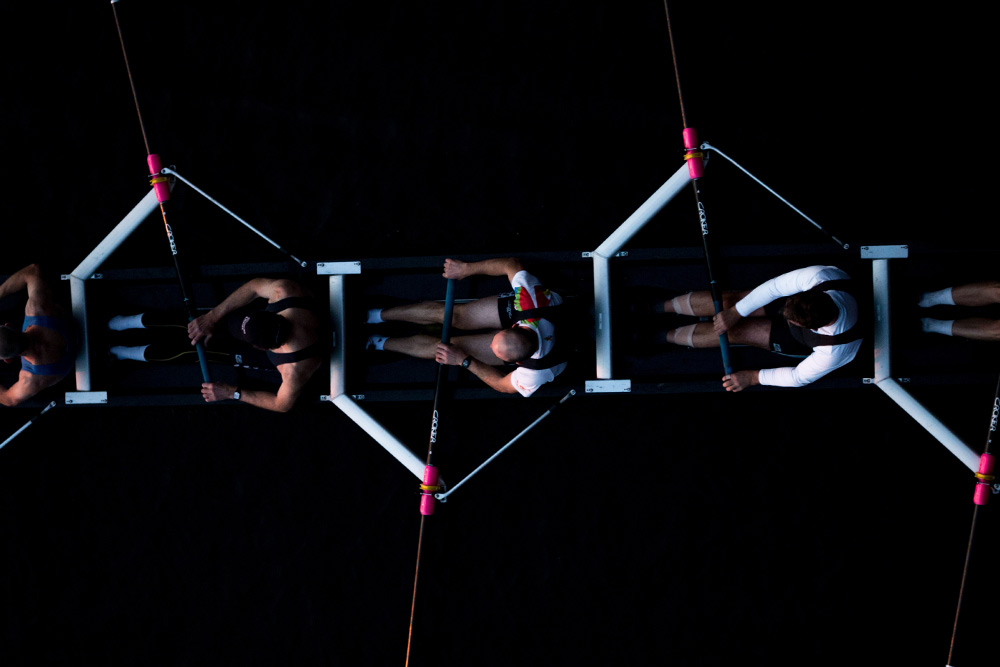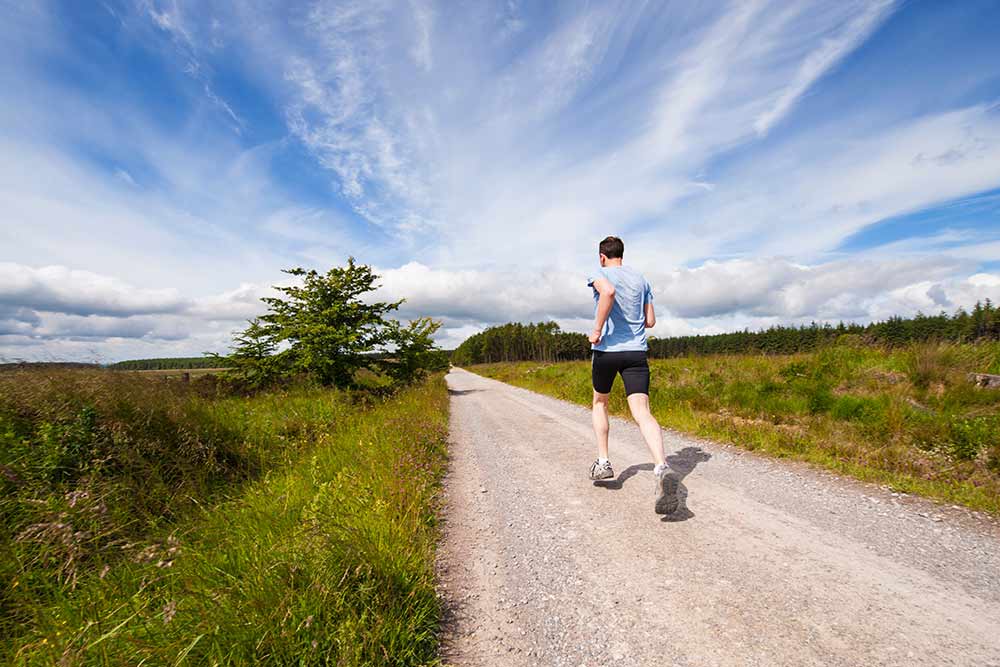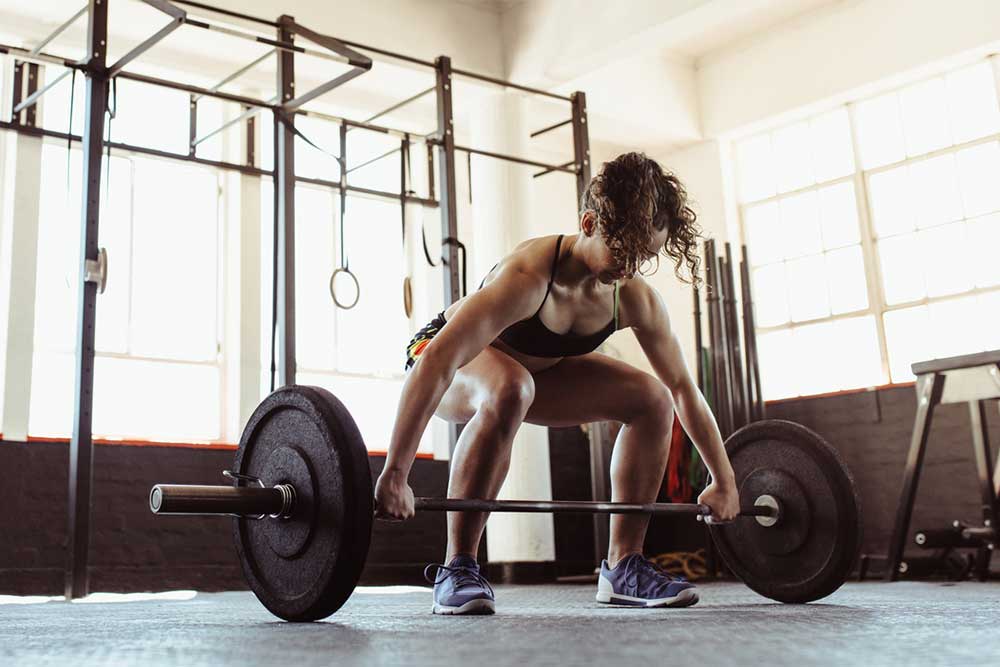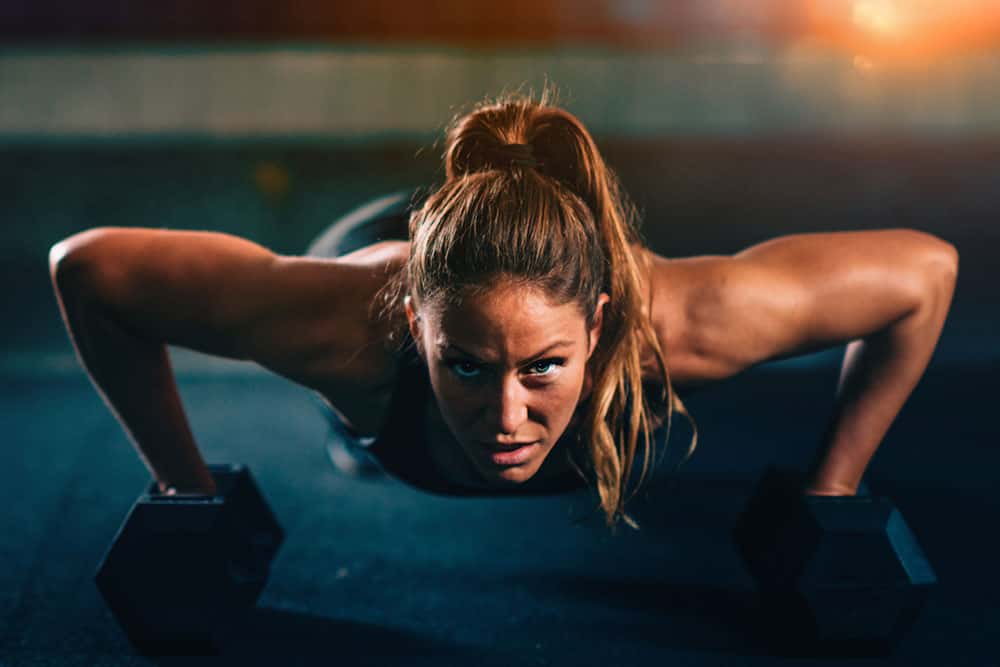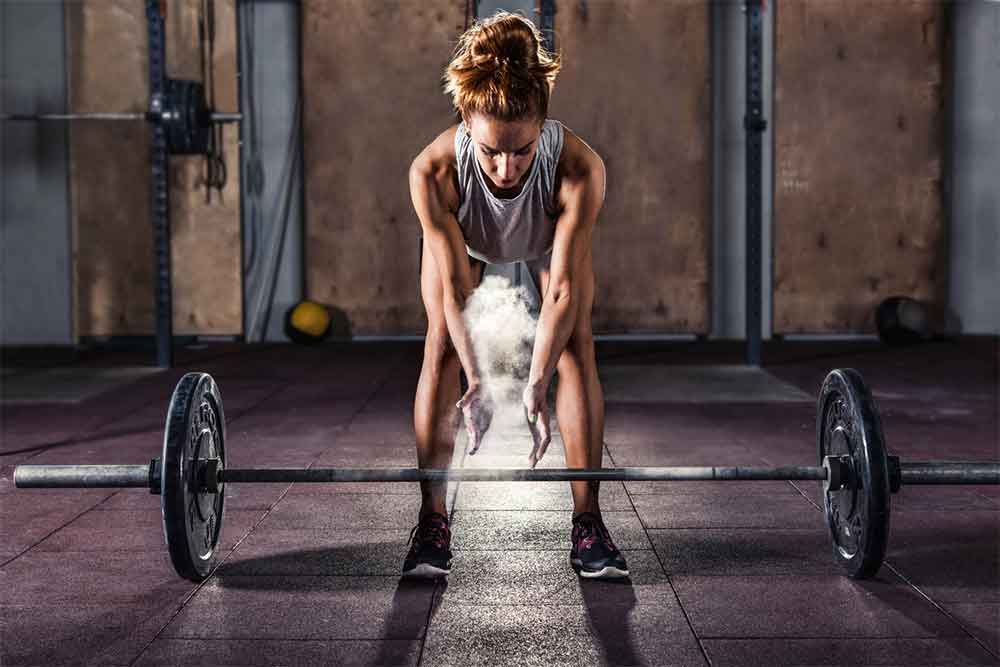Reaction Time Test: Improving Your Time

Evan Stevens
Aging sucks. While some argue that aging is a wonderful part of life, that it gives us experience and allows us to better know ourselves, at the end of the day, it really sucks. We wake up stiff, it takes us longer to do things and in general, we slow down. We cannot adapt to the goings on around as quickly and fluidly as we once could. Decreases in mental chronometry are partly to blame for why we slow down.
Mental chronometry is described as the response time in perceptual-motor tasks. This can include the ability to understand the content, duration, and required sequencing to perform the task. It is very important to understanding behavioral and cognitive processing.
While the term mental chronometry may be foreign to most of us not in cognitive neuroscience, we have come into contact with it on a near-daily basis. Reaction time is what we use to measure our own mental chronometry and is what researchers use to study mental chronometry.
- Reaction time is described as the time elapsed between a presented sensory stimulus and the subsequent behavioral response. The reaction is characterized by an observable response; an eye movement, a button press, vocal response, etc.
Reaction time is a way in which we measure processing speed; how quickly an individual can perform the correct order of operation to perform the desired task given a specific stimulus. It relies on three factors:
- Perception: how the stimulus is received.
- Hearing the starter pistol at the start of a race.
- Processing: how the stimulus is focused and understood.
- Distinguish the starter pistol from the background noise.
- Response: how the stimulus is reacted to.
- Taking off from the start line when the stimulus is properly perceived and understood.
When any part of the process is altered, reaction time will be affected as a result. In the above example, if the process is altered in any way, be it through poor hearing, inability to focus on the gun rather than other external stimuli, or a poor ability to fire the muscles in a response to the stimulus, the runner will get off to a delayed, or slow, start.
While the start of a race requires a split second reaction, the reaction time can vary depending on a number of factors:
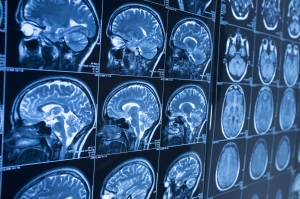
- Complexity of stimulus: more complex stimuli require more time to process.
- Familiarity, preparation, and expectation: you will respond faster to something you are familiar with. Like anything that you practice, you get better over time.
- State of the individual: fatigue, age, temperature, illness, alcohol, hunger can all affect our ability to react.
- Sensory stimuli: the sense that is stimulated also affects our ability to react. Humans react faster to auditory stimuli than we do visual because there is less to process (the complexity is lower).
- Average reaction time for different sensory modalities:Visual: 250 milliseconds
- Auditory: 170 milliseconds
- Touch: 140 milliseconds
- Average reaction time for different sensory modalities:Visual: 250 milliseconds
Related Article: Dancing Can Reverse Aging in the Brain
Reaction Times Change As We Age
Our reaction times increase exponentially from early childhood to adulthood, plateauing for a decade or two before starting to decrease as we reach middle age and further the more we age. Reaction time is often a good index of broader brain function and cognition as we age and is an important marker for many cognitive processes. Age-related decreases in reaction time are closely associated with declines in working memory, inferential processing (logical, step-wise task performances for example), and executive functions (inhibitory control, learning, cognitive flexibility, etc.). Diseases which affect cognition such as Alzheimer’s disease or dementia, or regular age-related declines in cognition, impaired vision and hearing loss can all affect reaction time too.
Improve Reaction Time, Improve Performance
Aging indeed does suck, but it isn’t all doom and gloom. At Forever Fit Science we are constantly trying to help prolong your healthy years as long as possible, for your enjoyment or otherwise. Just like your muscles, your reaction time and cognition can be trained and improved. Slowing the declines in cognition is linked to your activity level and neuroplasticity. Several articles on Forever Fit Science have shown that exercise directly impacts cognition. The healthier we are, the better able we are to maintain and improve our reaction time because we already have the wiring and neural networks to build off of, recruit more motor neurons, and improve our capacity for learning; all of which improve our ability to perceive, process, and respond to stimuli.
Exercise and reaction time go hand in hand and can be trained simultaneously. The more we practice something the better we get at it; the more our muscles perform an exercise, the better they get at performing that exercise. The more puzzles we do the better we are able to do puzzles in the future, increasing in complexity but also reducing our time spent on doing the puzzles. Our brains can be trained at the same time as our bodies, however, when we train reaction times. Improving reaction times improve performances across the board, across all sporting mediums.
- Ability to get out of the blocks/off the starting line in sprint events where the start is crucial.
- Ability to adapt and adjust to what is going on in the field of play, be it a goalie moving their hand to make a save on the rink, a soccer player having to adjust and jump to make a header in front of the goal, or a squash player having to react near instantaneously to their competitor’s reactions on the court.
Related Article: 3 Ways Physical Exercise Improves Cognitive Function in Middle Age Women
Reaction Time Test and Practice
There are several different ways in which you can improve your reaction time. While reaction time is going to vary from person to person based on their age, weight, height, and physical and mental states, everyone can improve reaction time in several ways.
The simple act of practicing your chosen sport is going to improve your reaction time. Going back to the factors which affect reaction time, familiarity, preparation, and expectation comes from doing your sport over and over, at practice. A sprinter who never practices starts and blocks works isn’t going to get very far. The unfamiliarity of the sensory input, coupled with the lack of preparation and expectation is going to hinder performance. Practicing your sport and getting fitter is the first step to improving reaction time.
The fitter you are, the faster you will react.
Brain games and performing various reaction time tests are another way to improve reaction time. Brain games and training such as memory tests, rapid-fire reasoning questions (what’s the same between a bike and a train? Both are types of transport; what’s the same between an apple and a banana – both are types of fruit), even timed math equations are ways in which reaction times and cognition can be improved. Completing the same puzzle over and over, timing yourself each time and seeing if you can best that time is a great way of improving cognition because it improves visuospatial awareness and working memory. Quick, rapid-fire math questions can improve our ability to perceive a visual stimulus, process it, and respond accordingly, in this case answering the question properly.
Basic Reaction Time Test at Home
A simple Google search of “reaction time test” will take you to any number of websites that will test your reaction time. Most of them are visual timing tests, where you need to click something or perform an action based on a change of color on the screen. But online tests have an inherent problem because they rely on processing speeds of the computer and the internet as well as you, the subject.
An easy way to measure your reaction time at home is the reaction time ruler test.
You will need:
- Yard stick/ meter stick
- Calculator
- Partner
The set up:
- Subject (person being tested) stands or sits near the edge of a table, elbow resting on the table top so their wrist extends over the side.
- The partner holds the ruler vertically between the subjects thumb and index finger but not touching, and so that the zero mark on the ruler is aligned with the subject’s fingers.
- The subject will indicate their readiness and without warning, after the subject has expressed their readiness, the partner will let the ruler drop between the subject’s fingers.
- The subject will have to clamp their fingers down onto the ruler as quickly as possible.
- Record in meters the distance the ruler fell and repeat the test up to 10 times.
- Calculate the average distance the ruler fell.
- You can determine the reaction time through the following equation.
-
- t = √(2d/g)
- t= time
- d = distance fallen (meters)
- g = acceleration due to gravity (9.8 m/s2)
- t = √(2d/g)
- For example: average distance travelled = 8cm (0.08m)
- t = √ (2×0.08/9.8)
- t = √ (0.016)
- t = .128 seconds
- t = 128 milliseconds (above average)
-
Related Article: Fitness Helps Brain Function as We Age
Notes on this test:
- The test will vary depending on who you are as an individual. Athletes who require high hand-eye coordination in their sports (racquet sports) will score better than athletes who don’t (runners).
- This test can be applied to different sensory inputs.
- Auditory tests could be performed by blindfolding the subject and releasing the ruler at the same time as a sound signal.
- There will be differences depending on which hand is tested.
- A right-handed person is going to perform better when being tested using their right hand as opposed to their left.
Performance improvements in cognition improve just as performance improvements in physical activity – practice, practice, practice. The more you practice something the more familiar you get with it, the better you are able to perceive, process, and respond to the stimulus, even as the stimulus or task gets more complex. Even as we age and we are supposed to start to slow down, the more we practice something, the better off we are going to be.
Citations
Hultsch, D., MacDonald, S. and Dixon, R. (2002). Variability in Reaction Time Performance of Younger and Older Adults. The Journals of Gerontology Series B: Psychological Sciences and Social Sciences, 57(2), pp.P101-P115.
Kuang, S. (2016). Is reaction time an index of white matter connectivity during training?. Cognitive Neuroscience, 8(2), pp.126-128.
Miller, J. and Ulrich, R. (2013). Mental chronometry and individual differences: Modeling reliabilities and correlations of reaction time means and effect sizes. Psychonomic Bulletin & Review, 20(5), pp.819-858.
Posner, M. (2005). Timing the Brain: Mental Chronometry as a Tool in Neuroscience. PLoS Biology, 3(2), p.e51.
You Might Like:

